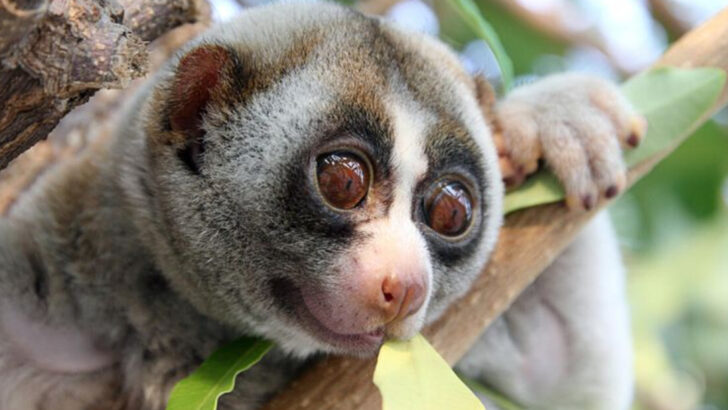It looks like a living stuffed animal. Big eyes. Tiny hands. A slow, gentle crawl that melts hearts online. But this isn’t a harmless forest creature. This is the only venomous primate on Earth—and it can leave you paralyzed. Meet the slow loris, nature’s most misleading little assassin. It doesn’t growl. It doesn’t chase. It licks its own elbows. Then, with teeth coated in venom, it bites. And the effects can be brutal. Some victims report burning pain. Others suffer anaphylactic shock. And yet… people still try to keep it as a pet. This creature’s cuteness is its camouflage. And what it hides might just stun you more than its bite.
Slow Loris Venom
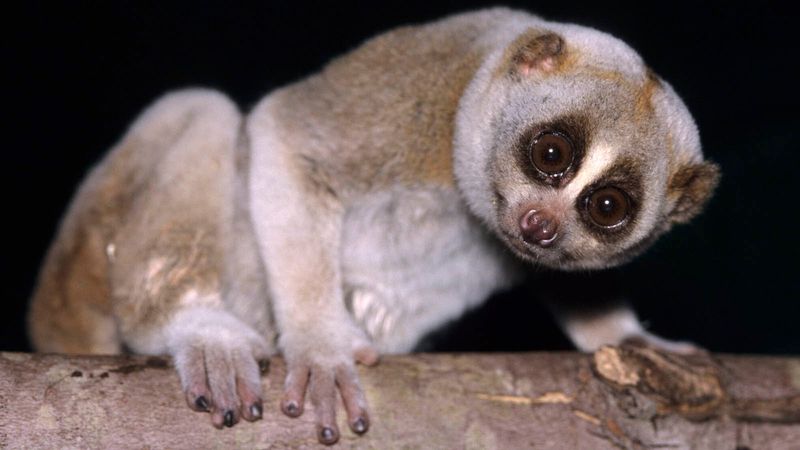
Did you know that a creature as cute as the slow loris carries venom? This venom is produced by glands on its arms and is delivered through a bite. The venom can cause allergic reactions in humans, including swelling and even paralysis. This unique defense mechanism helps the loris protect itself from predators. The venom also plays a role in their social interactions, as lorises sometimes use it to assert dominance. Their bite is a reminder that these creatures, while adorable, are not to be handled carelessly.
Nocturnal Behavior

In the stillness of the night, the slow loris comes alive. These primates are nocturnal, meaning they are active during the night and sleep through the day. Their large eyes are adapted to see in low light conditions, allowing them to hunt and forage efficiently. The forest comes alive under the moon, and the loris moves with a stealthy grace, navigating the trees with ease. This nocturnal lifestyle helps them avoid many predators, keeping them safe under the cover of darkness. Their reflective eyes are a distinctive feature.
Diet and Foraging

With a diet as varied as the colors of the forest, the slow loris is an opportunistic forager. They feed on fruits, insects, and even small birds or reptiles. This varied diet ensures they get all the nutrients they need to thrive in their natural habitat. Their slow, deliberate movements allow them to sneak up on prey, while their strong grip helps them cling to branches as they forage. Each night, they embark on a foraging journey, exploring their territory in search of sustenance.
Unique Social Structure
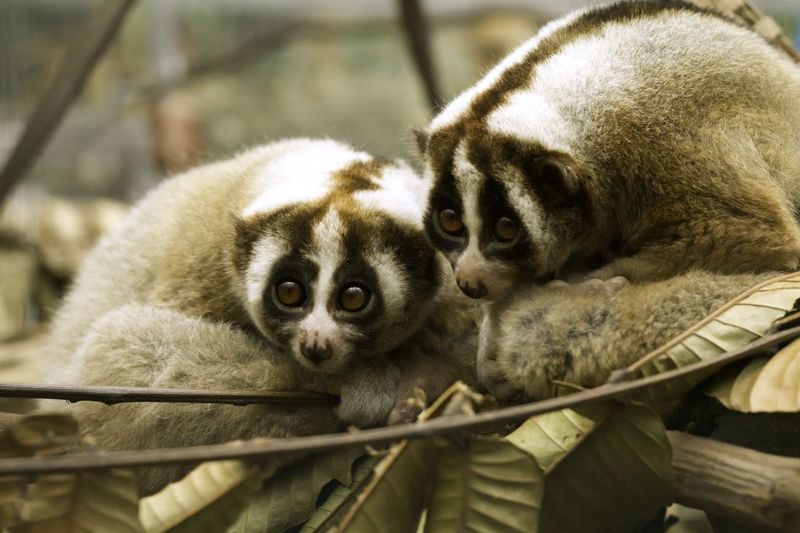
The social life of a slow loris is as intriguing as its venom. They are generally solitary animals, but they do engage in social interactions. These interactions often involve grooming, which helps to strengthen social bonds and establish hierarchies. They communicate through vocalizations and scent markings, adding a layer of complexity to their social structure. Though they may seem solitary, their social ties are essential for mating and raising young. The balance between solitude and social interaction defines their unique lifestyle.
Conservation Status
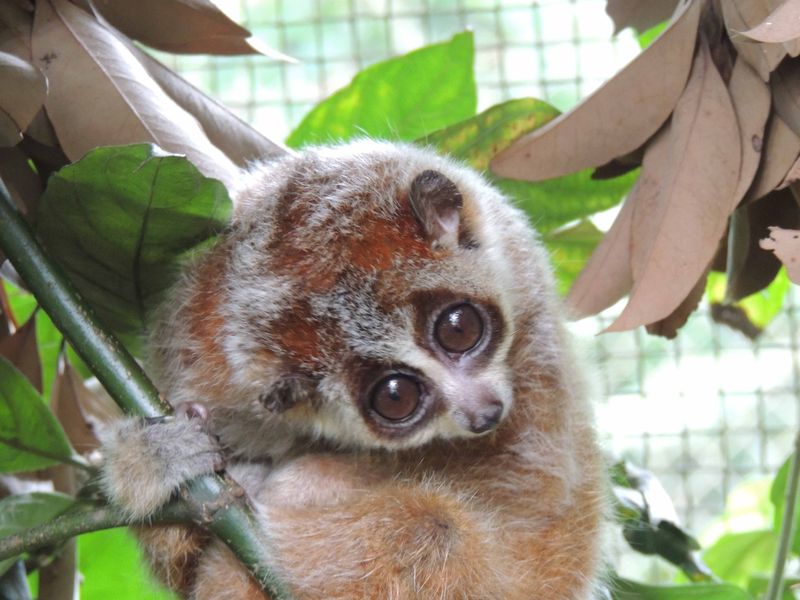
The slow loris faces significant threats despite its fearsome reputation. Habitat loss due to deforestation and illegal wildlife trade are major concerns. They are often captured and sold as exotic pets, despite the dangers their venom poses. Conservation efforts are crucial to protect these remarkable creatures. Education and awareness can help reduce demand for them as pets, while protecting their natural habitat ensures their survival. The loris stands as a symbol of the delicate balance between nature and human activity.
Lifespan and Reproduction
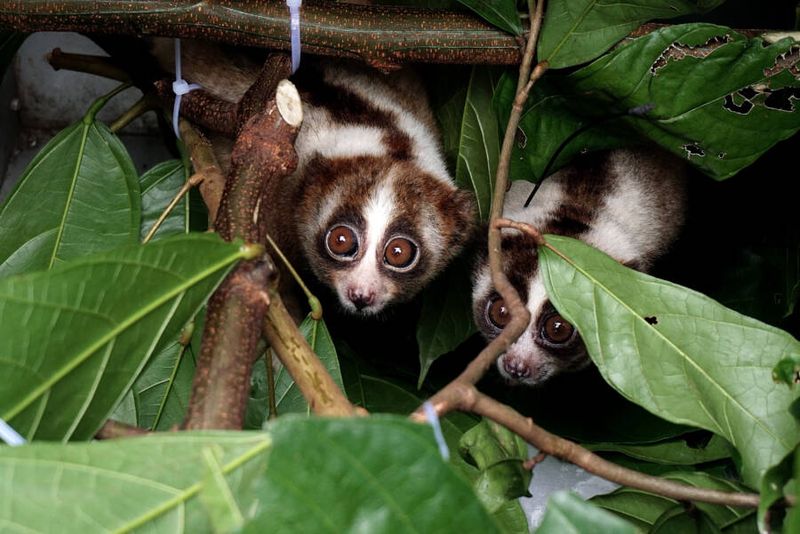
The life of a slow loris is a journey filled with nurturing bonds and cautious steps. They have a slow reproductive rate, with females giving birth to a single infant after a long gestation period. The mother cares for her young, carrying it on her back until it can fend for itself. This slow growth and reproduction make them vulnerable to population decline. Their lifespan in the wild can be up to 20 years, a testament to their resilience. The bond between mother and child is heartwarming, a stark contrast to their venomous nature.
Cultural Significance
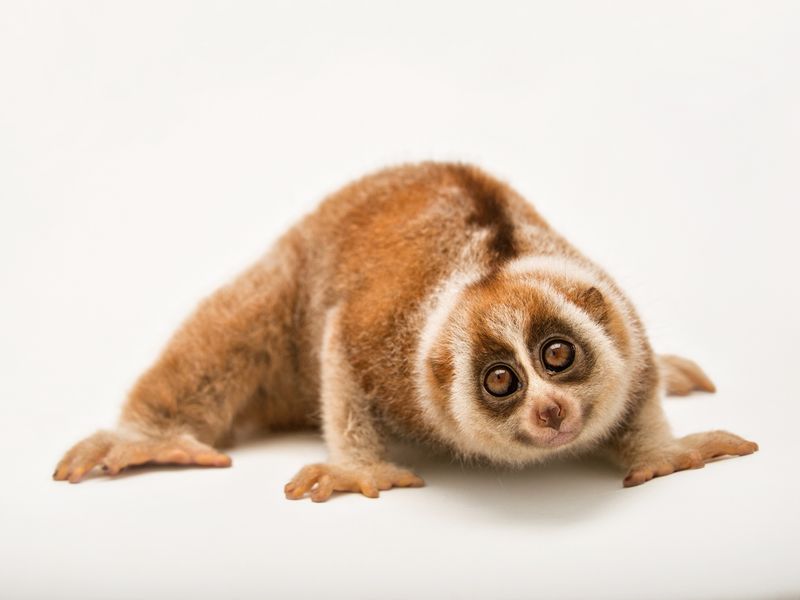
In various cultures, the slow loris is shrouded in mystery and myth. Some societies view them as symbols of good luck, while others see them as omens. Their unique appearance and behaviors have inspired tales and folklore, often depicting them as magical creatures. This cultural significance highlights the deep connection between humans and wildlife. However, these myths can sometimes contribute to their exploitation, as people seek them out for superstitious reasons. Understanding their real nature is key to their conservation.

